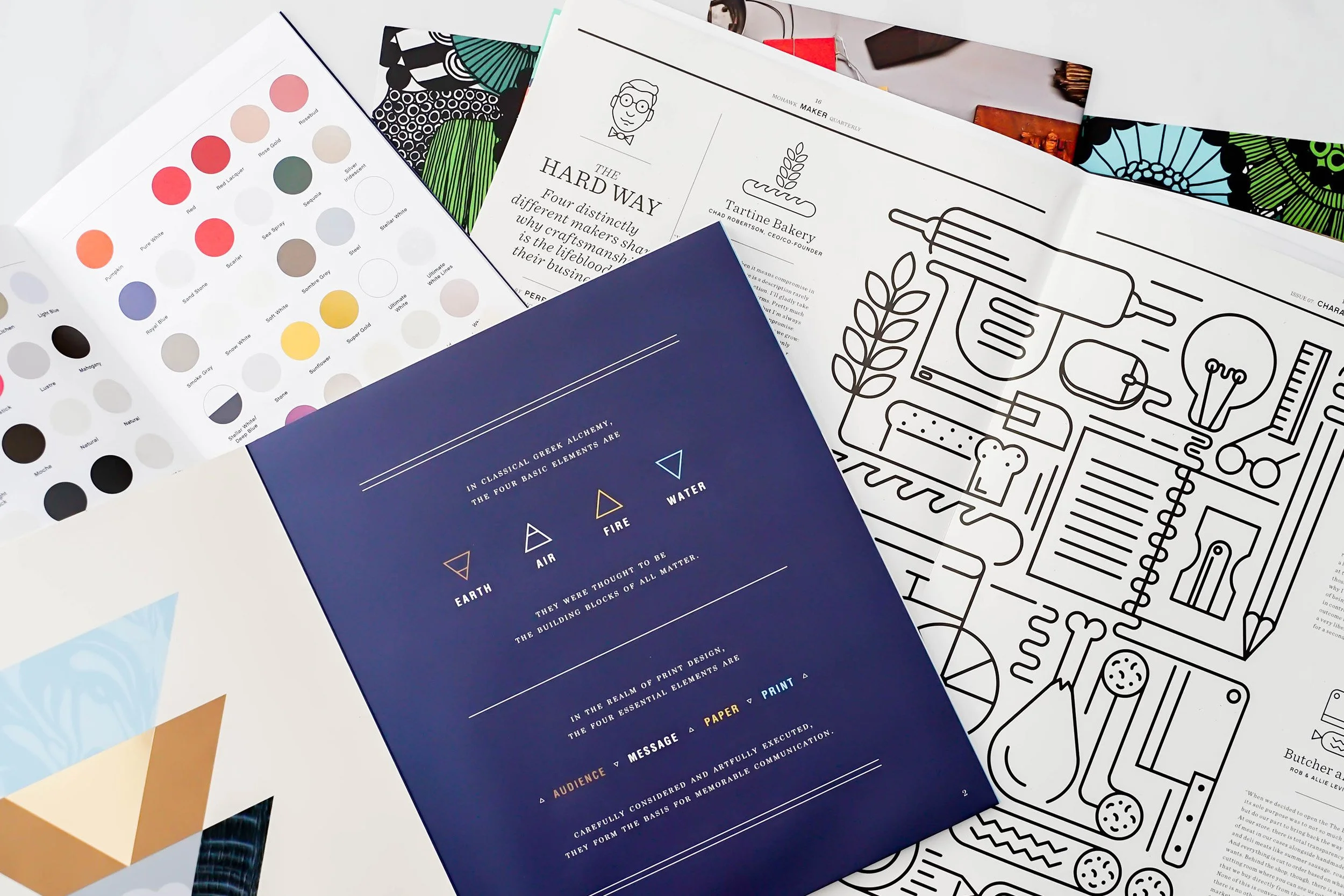Design consistency is the practice of ensuring consistent application of design elements such as layout, typography, colour, imagery and more across all brand touchpoints. Consistency in design is a key factor in building brand recognition and awareness.
By ensuring that the visual elements of your brand identity remain aligned and cohesive, your target audience can recognise that all of their interactions with your brand, regardless of the medium, represent your brand and its values.
Here are a few reasons why consistency in design is important:
Brand recognition
Consistency in design helps to create a recognisable and memorable brand. When visual elements are applied consistently, it helps your brand build recall.
User experience
Consistency in design can improve user experience by making it more intuitive for your target audience to navigate through your brand’s materials, whether a website or even a physical collateral. When design elements are consistent, it helps people know what to expect and identify that the website or collateral are genuinely published by you.
Trust and credibility
When a brand is perceived as being professionally designed, it can instil confidence in your audience and make them more likely to continue using your product or service.
Here are a few basic tips on how you can achieve consistency:
Create and use brand guidelines. A brand guide is a document that outlines the correct usage of design elements, such as logos, colours, typography, imagery and layout. By creating a style guide in the early stages of your branding process, you and your designers can have a clear reference point to ensure consistency in design no matter who is creating it.
Be mindful with typography. Typography plays a significant role in design and working with consistent font styles can help to create a cohesive look and feel. Always try to work within the fonts and weights defined in your brand guide.
Harness your brand palette. Colour is a powerful tool that can help with brand recall. When used correctly, it makes it easier for people to remember and associate your brand with specific colours (think Tiffany blue or McDonalds iconic red and yellow).
Create templates. Create and supply templates wherever possible so non-designers can also easily execute on-brand materials according to your design guidelines.
To keep your brand’s designs fresh and exciting, it may be necessary to adapt your brand and identity periodically. However, it is important to do so in a way that maintains the consistency and integrity of your brand while avoiding being stagnant. By carefully balancing innovation and consistency, you can continue to grow and evolve your brand, while staying true to its unique style and aesthetic.
Consistency in design helps to establish a strong and professional visual identity, which can differentiate your brand from the competition and make it memorable and appealing to your target audience.
To find out more about how you can build a consistent brand, get in touch with us now.

